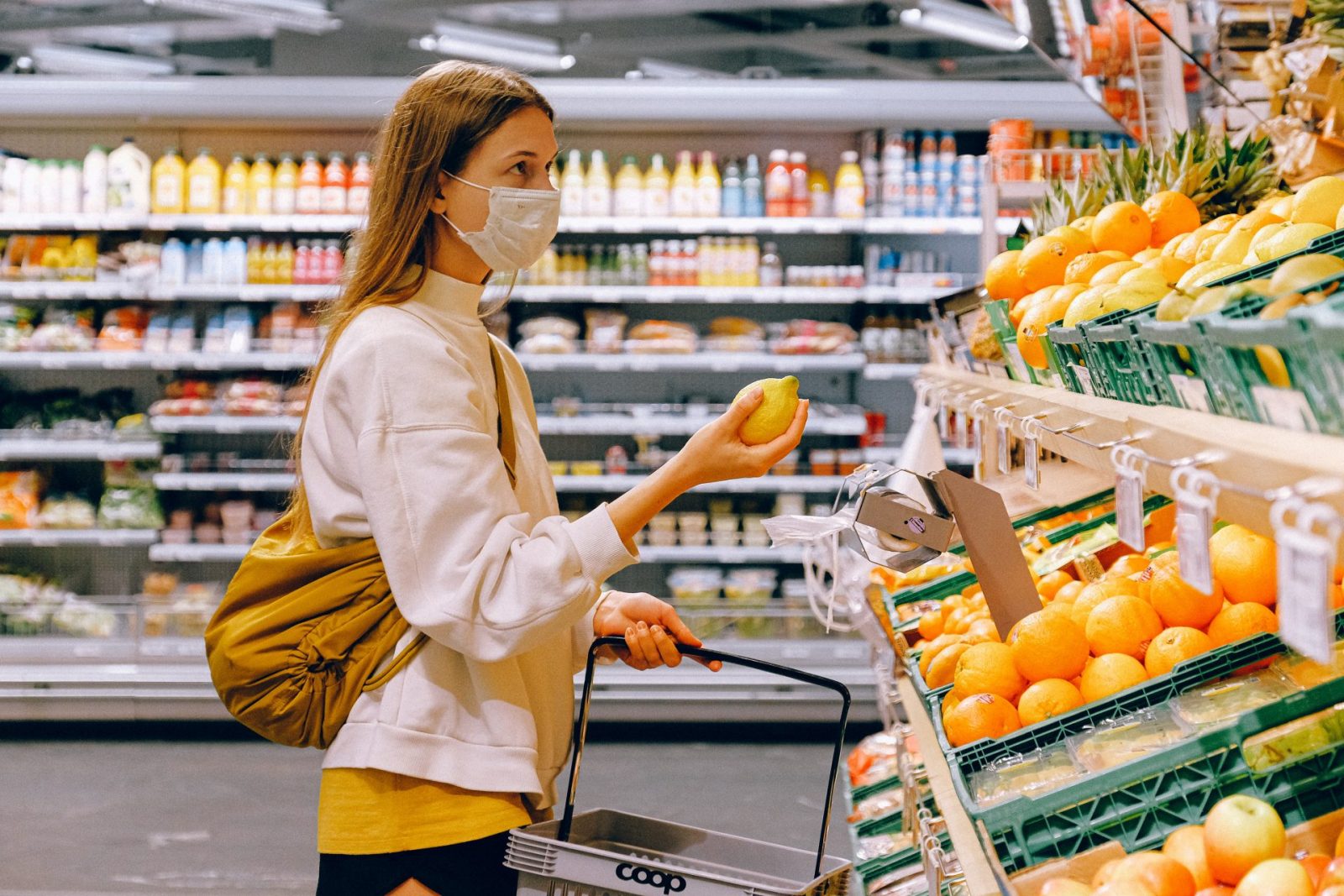Masks are important in the fight against Covid-19 because it has been shown to be airborne. Even through conversation, especially with plosive sounds like “P” words, one can project the virus up to 2 metres. This means social distancing will have limitations and preventing the spread of micro droplets (the ones that hang in the air), requires everyone to be wearing masks when out in public and if there is community transmission.
Note initially Covid-19 was thought to be only spread by macro-droplets such as through sneezing, coughing and touching surfaces that can harbour the virus for up to 3 days – now we know there is both macro and micro droplet spread.
A Duke University study comparing medical vs home-made masks has found that the droplet count (ie. how much it leaks) varies significantly and we should pay attention to what will provide adequate protection against Covid-19.
Below shows the 14 masks studied and the results of the droplet count assessment – the findings are:
- Masks 1 & 14 are surgical and fitted N95 masks, which are most effective. Mask 2 is a valved N95 which is also adequate (valves are somewhat topical at the moment)
- Surprisingly the polypropylene (2 layer and combined with cotton) masks, number 4 & 5, also provide good protection with low droplet count. “Swath” which is polypropylene mask material also works well
- Masks 7, 8 & 13, representing pleated 2 layer cotton, also provide good protection
- But as we get to the other cotton masks, 3, 6, 9 & 10, which are 1 layer cotton, the protection drops off and
- Loose fitting neck fleece (11) and bandana (12) do not provide sufficient protection. Fleece shows even more droplet count than control (no mask) and there is a hypothesis that it breaks large droplets into smaller droplets, allowing greater infection spread
So the takeaway is – medical masks are best, but can be expensive and limiting due to single use – 2 or even 3 ply cotton masks, fitted well, are a good substitute for the duration of the pandemic if they are washed frequently (provides up to 70% protection if a person in the same room is infected).


References:
- https://advances.sciencemag.org/content/early/2020/08/07/sciadv.abd3083
- https://www.ucsf.edu/news/2020/06/417906/still-confused-about-masks-heres-science-behind-how-face-masks-prevent
